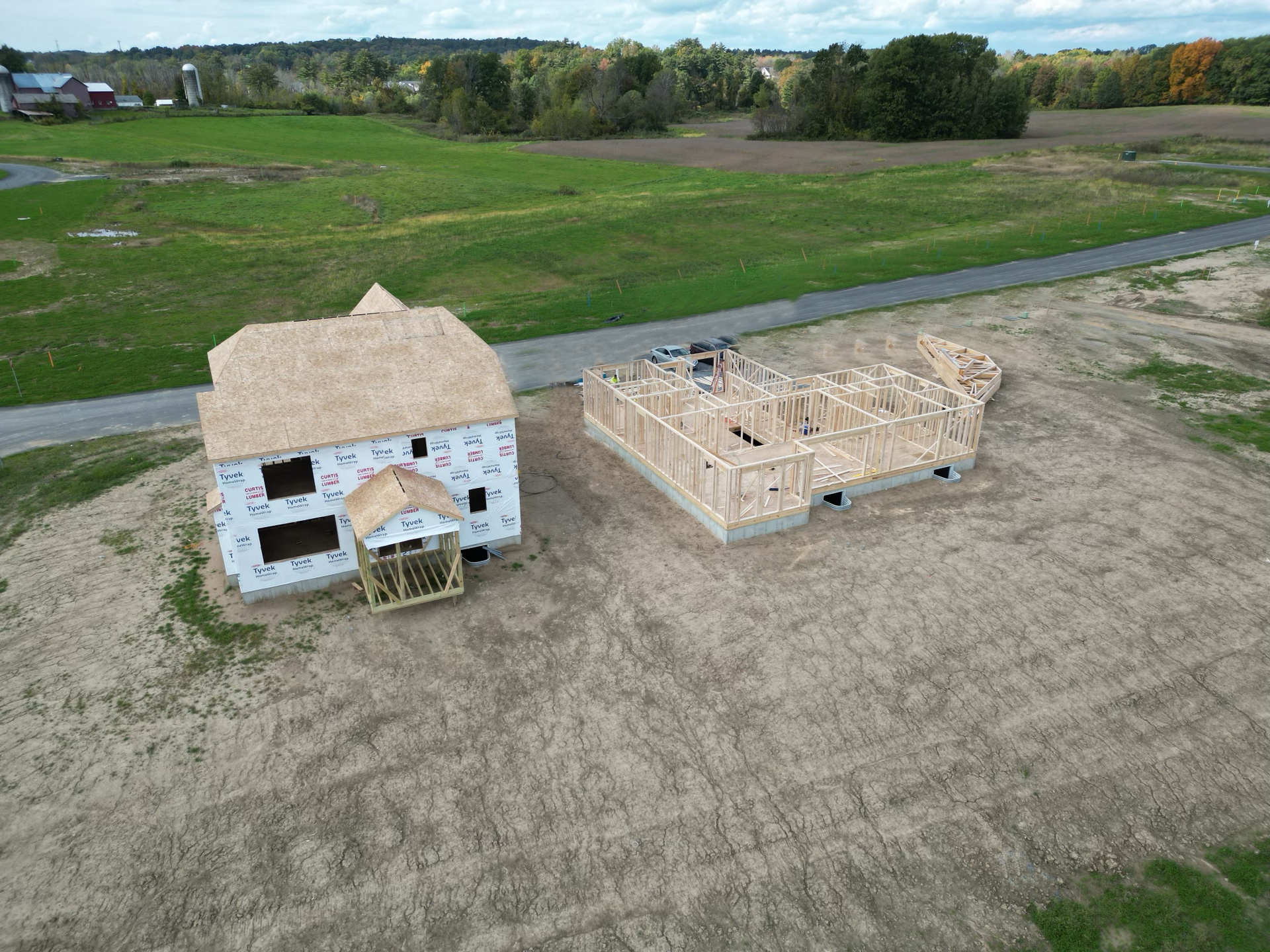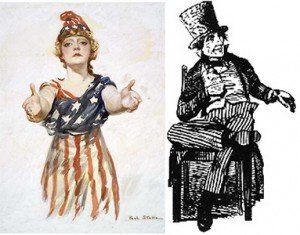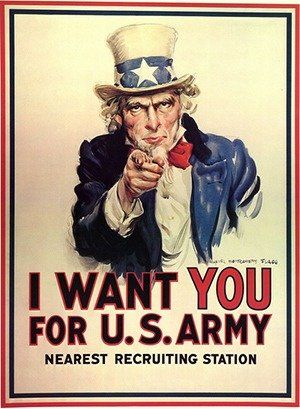How One of Troy, New York’s Own Became “Uncle Sam”
One of the Capital District’s greatest contributions to our national culture, Uncle Sam has stood as a symbol of American liberty and independence since the turn of the 19th century. The Uncle Sam Parade in Troy is an annual celebration of one of the city’s most famous and beloved national icons.
Not many are aware that Uncle Sam was not the original personification of America; rather, first came “Columbia” in 1738, then “Brother Jonathan” through the Revolutionary War. It wasn’t until the War of 1812 that Troy’s own Samuel Wilson would assume the identity of our nation in political cartoons and recruitment posters across the land.
Wilson was born in Arlington, Massachusetts in 1766. As a boy he moved to Mason, New Hampshire and at the age of 15, joined the Revolutionary Army. Mason was primarily responsible for caring for livestock as well as butchering and packaging meat for the troops. His service ended shortly after the Battle of Yorktown in 1781, at which point he and his brother located to Troy and opened their first business as the first ever brick manufacturers of Troy NY. Many of the buildings these bricks built are still there today.
When the War of 1812 broke out, Samuel Wilson was working under contract for Elbert Anderson as a meat packer in Troy, supplying and preparing rations for soldiers. Before they could be shipped out, contractors were required to stamp their names and the ration’s origins on the packaging. The abbreviated stamp read “EA-US”, for “Elbert Anderson-United States”, but when someone asked what it meant, a coworker of Wilson’s joked “Elbert Anderson – Uncle Sam”.
The nickname stuck. Wilson, being an upstanding member of the community was well liked by local soldiers, who would joke and remark upon opening their rations about the EA-US stamp. Soon “Uncle Sam” was being used to refer not just to rations with Elbert Anderson’s mark, but to all incoming shipments marked with “US”.
Though for a time, Brother Jonathan and Uncle Sam were being used side by side (Jonathan standing for the nation as a whole and Sam as a representation of the United States’ power and government), it wasn’t long before the two were virtually interchangeable. Long standing images of Brother Jonathan were now being referred to as “Uncle Sam” and their likenesses became virtually indistinguishable. By the late 19th century, Brother Jonathan had faded into obscurity and it became clear, Uncle Sam was here to stay.
Share

















